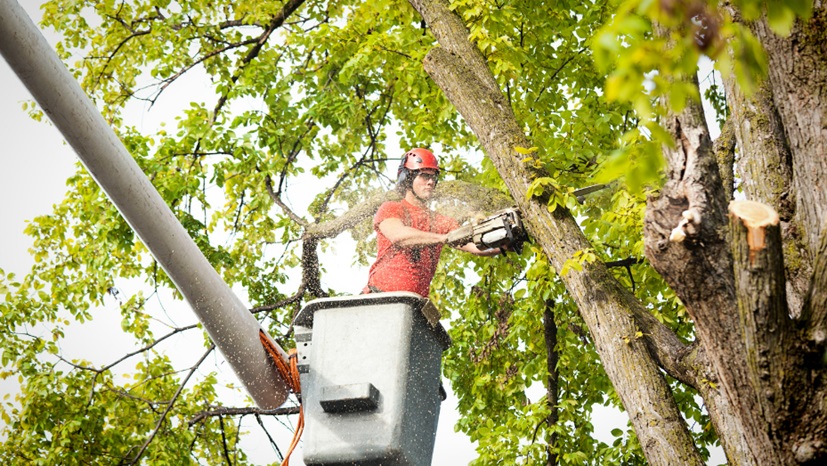Traffic noise is an ongoing problem for pedestrians, and its impact can be significant. Recent studies have shown that traffic noise can cause a range of negative health effects, including increased stress levels, hearing damage, and even heart problems.
In addition to the health risks, traffic noise can also make it difficult for pedestrians to cross streets or hear warnings from drivers. City planners and transportation officials need to take the impact into account when designing streets and intersections, and installing sound barriers to mitigate the noise.
- What is traffic noise and how does it affect pedestrians differently than drivers or passengers in a car
Traffic noise is a type of environmental pollution that is created by the movement of vehicles on roads and highways. The noise is produced by the tires as they roll over the pavement, by the engine as it runs, and by the exhaust as it is emitted into the air.
Traffic noise can have a significant impact on pedestrians, who are exposed to the noise without the benefit of being inside a vehicle. Studies have shown that pedestrians who are exposed to traffic noise are more likely to suffer from anxiety, stress, and fatigue.
In addition, traffic noise can interfere with communication and cause difficulty hearing warning signals or alarms. For drivers and passengers who are inside a car, the impact of traffic noise is somewhat mitigated by the fact that they are shielded from the noise by the car’s windows and body. However, traffic noise can still be a source of stress and distraction for drivers and passengers, and can contribute to accidents.
- Ways to reduce exposure to traffic noise
Traffic noise is a constant problem in urban areas, and it can have a serious impact on both physical and mental health. There are a number of ways to reduce exposure to traffic noise, including installing sound barriers, planting trees and bushes, and creating barriers such as walls or fences.
Doing something as simple as closing the windows can also make a big difference. In addition, it is important to be aware of the times when traffic noise is at its loudest and try to avoid being outside during those times.
By taking some simple precautions, it is possible to reduce exposure to traffic noise and improve quality of life.
- How traffic noise can impact quality of life for pedestrians and ways to mitigate such impact
Living in a city often means contending with a certain amount of noise pollution. Cars honking, sirens wailing, and construction crews hammering all add to the din of city living. While some people may find this background noise empowering, for many others it can be a source of stress and anxiety.
Studies have shown that exposure to traffic noise can lead to increased blood pressure and heart rate, difficulty sleeping, and even depression. For pedestrians, who are already vulnerable users of the road, traffic noise can be especially problematic.
Seniors and small children are especially susceptible to the effects of noise pollution, and the constant din of horns and engines can make it difficult for them to cross the street or enjoy time outside.





